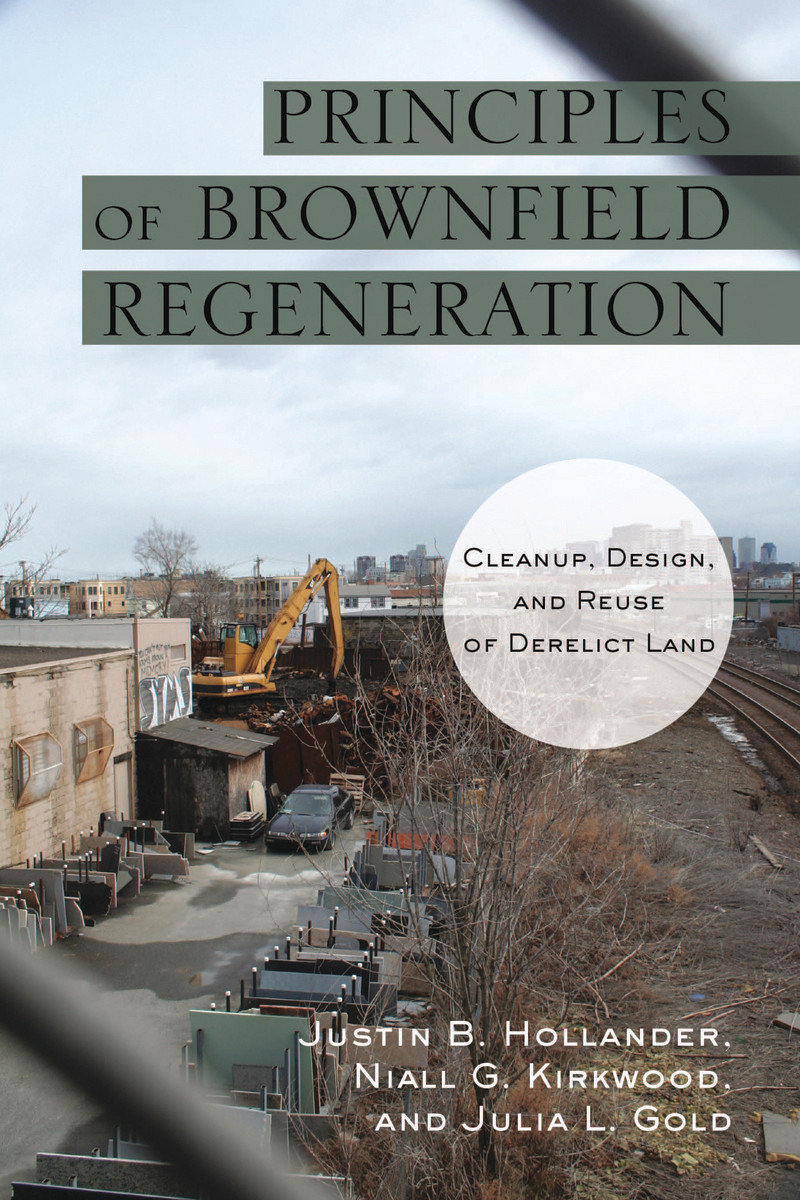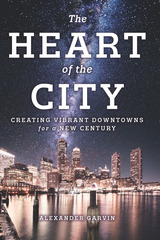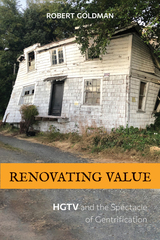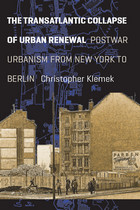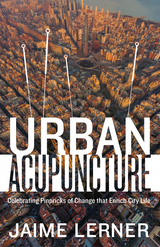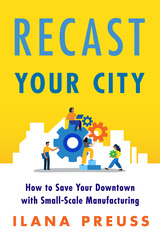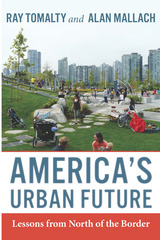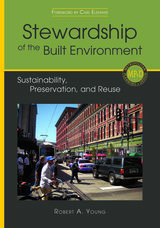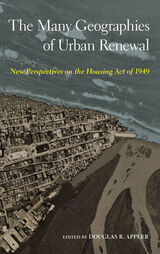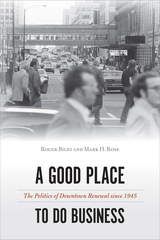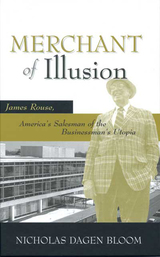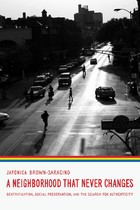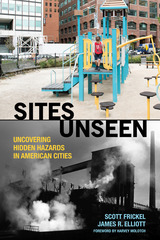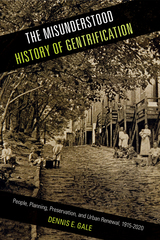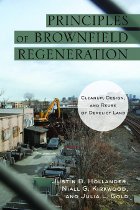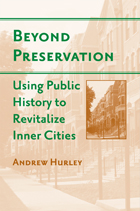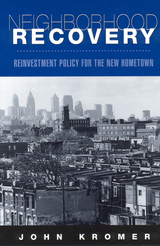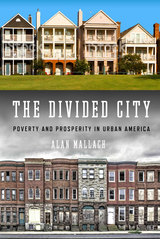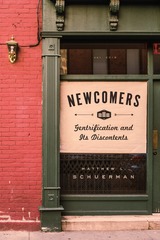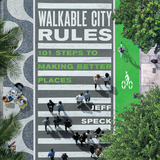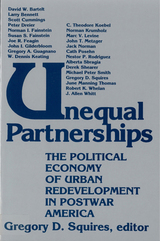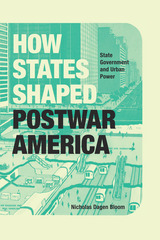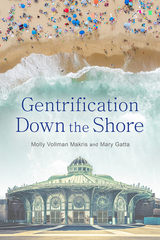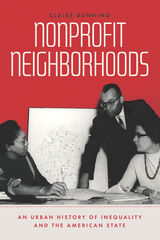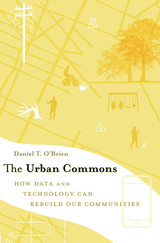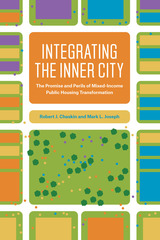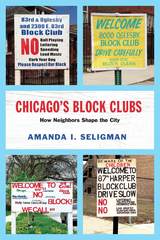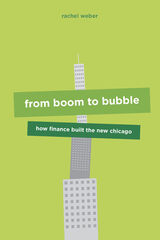Principles of Brownfield Regeneration: Cleanup, Design, and Reuse of Derelict Land
Island Press, 2010
Paper: 978-1-59726-723-6 | eISBN: 978-1-59726-990-2 | Cloth: 978-1-59726-722-9
Library of Congress Classification HT175.H65 2010
Dewey Decimal Classification 307.34160973
Paper: 978-1-59726-723-6 | eISBN: 978-1-59726-990-2 | Cloth: 978-1-59726-722-9
Library of Congress Classification HT175.H65 2010
Dewey Decimal Classification 307.34160973
ABOUT THIS BOOK | AUTHOR BIOGRAPHY | REVIEWS | TOC | REQUEST ACCESSIBLE FILE
ABOUT THIS BOOK
The US. EPA defines brownfields as "idle real property, the development or improvement of which is impaired by real or perceived contamination." The authors of Principles of Brownfield Regeneration argue that, compared to "greenfields"-farmland, forest, or pasturelands that have never been developed-brownfields offer a more sustainable land development choice. They believe that brownfields are central to a sustainable planning strategy of thwarting sprawl, preserving or regenerating open space, reducing greenhouse gas emissions, and reinvesting in urbanized areas.
This is the first book to provide an accessible introduction to the design, policy, and technical issues related to brownfield redevelopment. After defining brownfields and advocating for their redevelopment, the book describes the steps for cleaning up a site and creating viable land for development or open space. Land use and design considerations are addressed in a separate chapter and again in each of five case studies that make up the heart of the volume: The Steel Yard, Providence, RI; Assunpink Greenway, Trenton, NJ; June Key Community Center Demonstration Project, Portland, OR; Eastern Manufacturing Facility, Brewer, ME; and The Watershed at Hillsdale, Portland, OR. Throughout, the authors draw on interviews with people involved in brownfield projects as well as on their own considerable expertise.
This is the first book to provide an accessible introduction to the design, policy, and technical issues related to brownfield redevelopment. After defining brownfields and advocating for their redevelopment, the book describes the steps for cleaning up a site and creating viable land for development or open space. Land use and design considerations are addressed in a separate chapter and again in each of five case studies that make up the heart of the volume: The Steel Yard, Providence, RI; Assunpink Greenway, Trenton, NJ; June Key Community Center Demonstration Project, Portland, OR; Eastern Manufacturing Facility, Brewer, ME; and The Watershed at Hillsdale, Portland, OR. Throughout, the authors draw on interviews with people involved in brownfield projects as well as on their own considerable expertise.
See other books on: Brownfields | Cities and towns | Growth | Principles | Urban renewal
See other titles from Island Press
